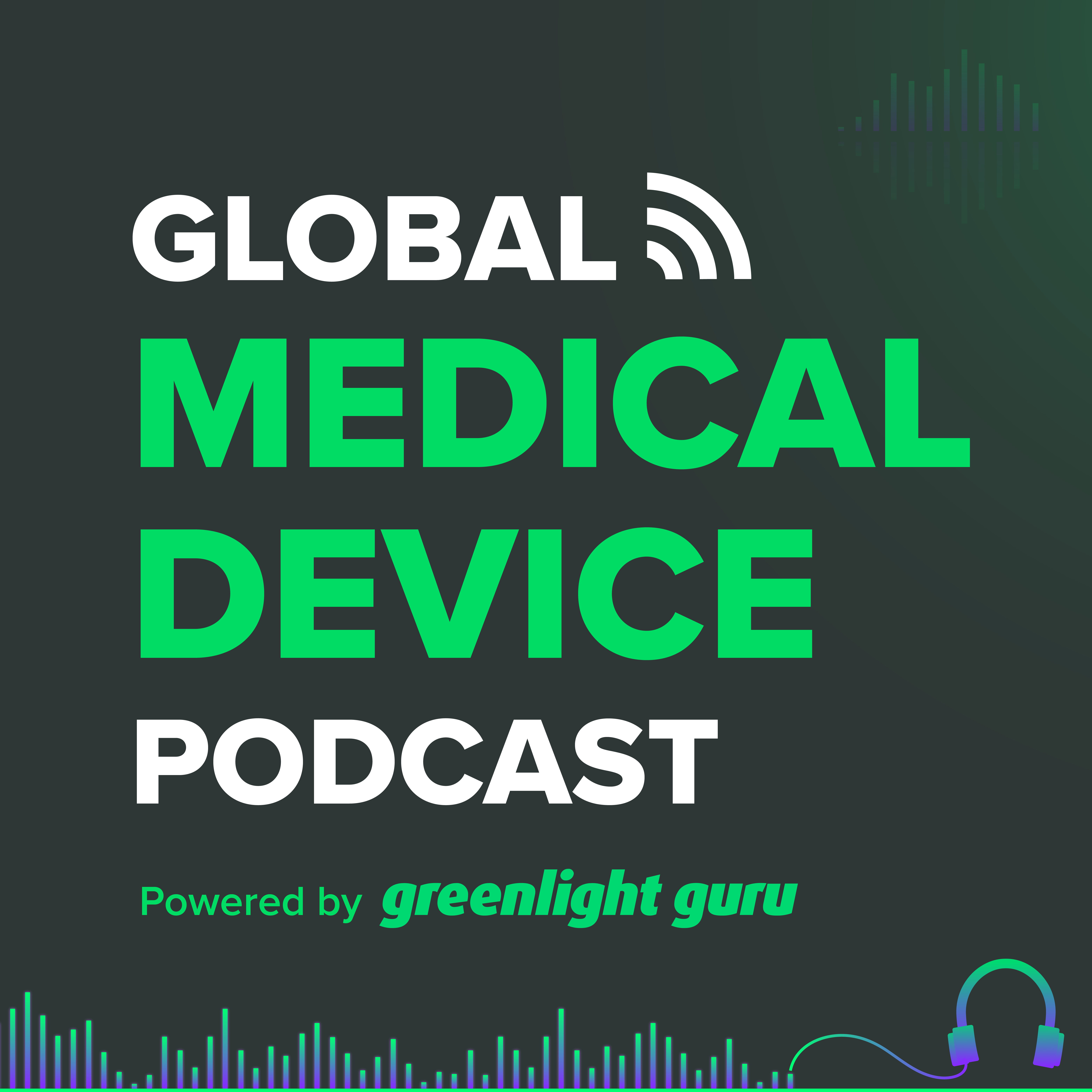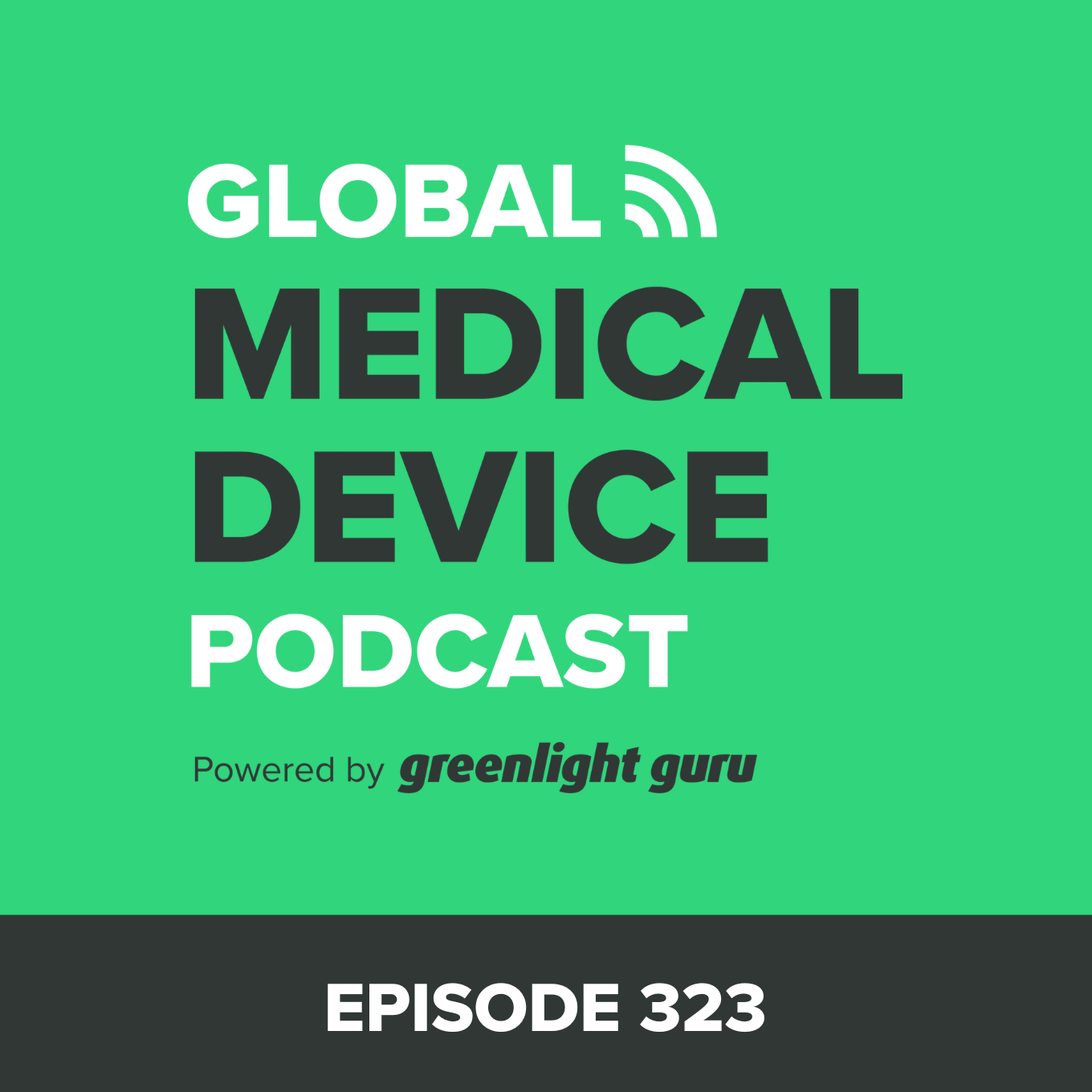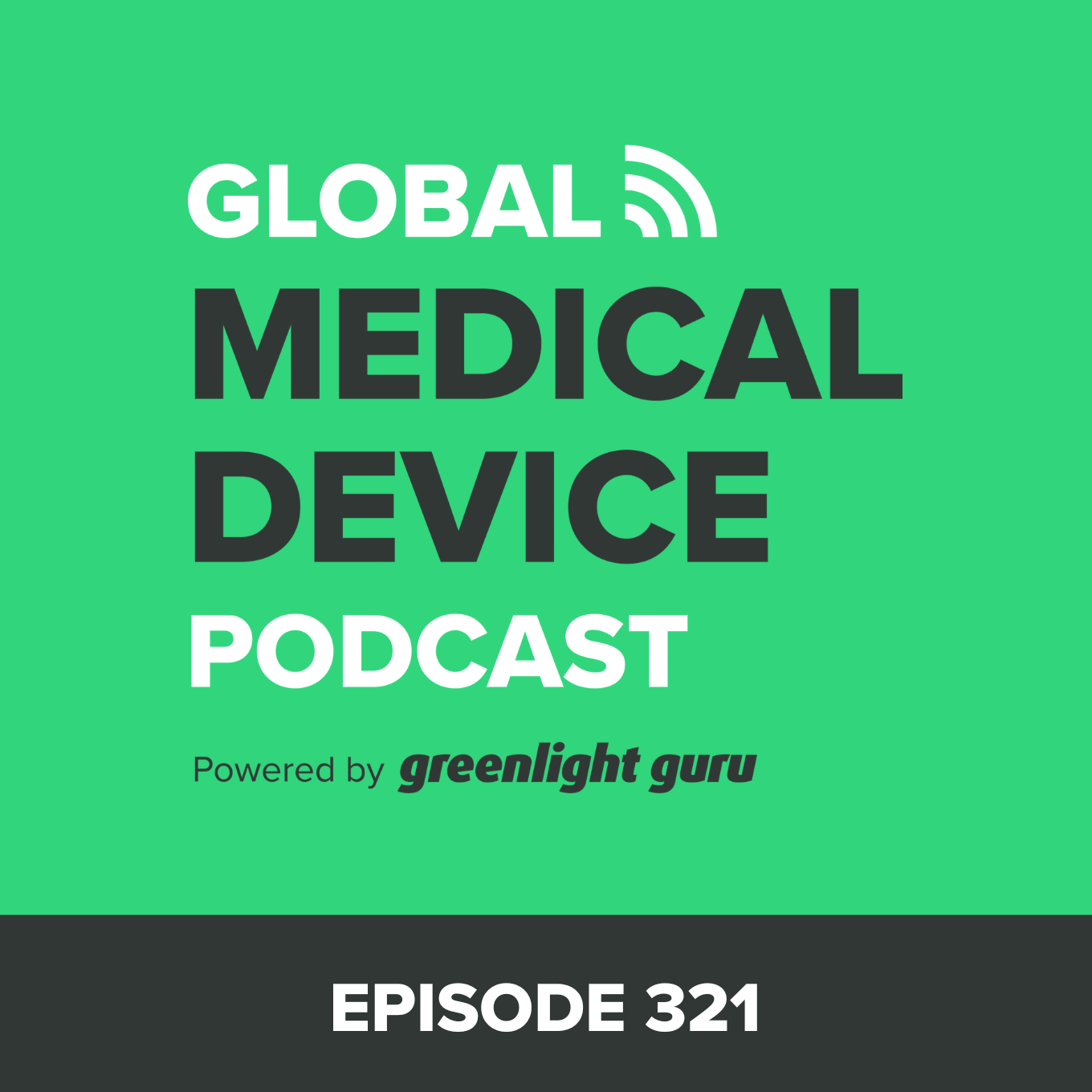What is the Safer Technologies Program (STeP) and Can Your Device Use It?
- 0.5
- 1
- 1.25
- 1.5
- 1.75
- 2
DESCRIPTION
What do manufacturers need to know about the Safer Technologies Program (STeP) for Medical Devices from FDA? How is STeP different from similar programs, like the Breakthrough Devices Program? Which devices are eligible?
In this episode of the Global Medical Device Podcast, host Jon Speer and his guest Mike Drues from Vascular Sciences offer answers to these questions and educate listeners on this new, voluntary program, helping manufacturers with eligible devices leverage STeP for easier, faster entrance into the US marketplace.
Some of the highlights of the show include:
- STeP intended to make medical devices and combination devices eligible through the Breakthrough Devices Program (BDP). However, STeP offers improvements in safety, not necessarily in efficacy.
- What if you have devices that include both safety and efficacy improvements? STeP and BDP are mutually exclusive and not pathways to market. Neither are done in lieu of a 510(k) or De Novo, but in addition to those regulatory pathways.
- The BDP is limited to life-threatening and irreversibly debilitating diseases, injuries, and conditions. The STeP is limited to less severe diseases.
- Criteria to show improvement in safety include an increase in the benefit/risk ratio for known serious adverse events (SAEs), a decrease in known failure mode of the device, reductions in user-related errors/hazards, or make intervention using another device more safely.
- The mechanics of applying for a STeP or BDP are ‘substantially equivalent.’ Yet, you can’t commingle or combine a STeP or BDP pre-submission with a traditional pre-submission. FDA has made the pre-sub process inherently inefficient.
- Any devices given a STeP or BDP designation are treated by the FDA as a priority. However, if you get a BDP or STeP designation, your regulatory burden is not reduced.
Memorable quotes from Mike Drues:
“There were a number of devices that I took and some other folks took to the FDA under the BDP, the Breakthrough Designation Program. But the improvement of these devices was more on the safety side as opposed to the efficacy side.”
“The way FDA set these two programs up, they are mutually exclusive. If you get a BDP, you cannot get a STeP. If you get a STeP, you cannot get a BDP.”
“The BDP is limited to life-threatening and irreversibly debilitating diseases, injuries, and conditions. I’m fine with that. But on the STeP side, it’s limited to less severe diseases.”
“If you get a BDP or a STeP designation, that is not a reduction in your regulatory burden. In other words, that does not mean that you have to do less testing, less benchtop, less clinical, whatever it is.”






